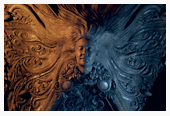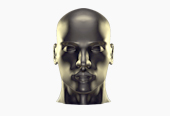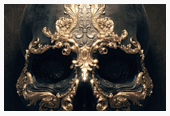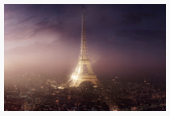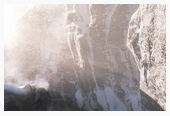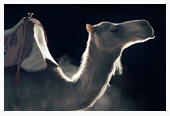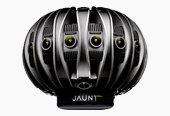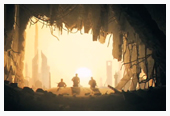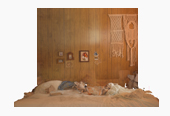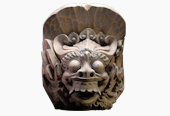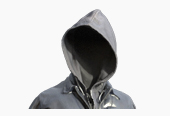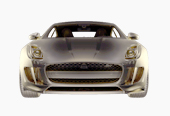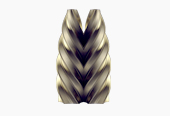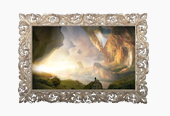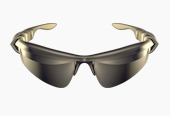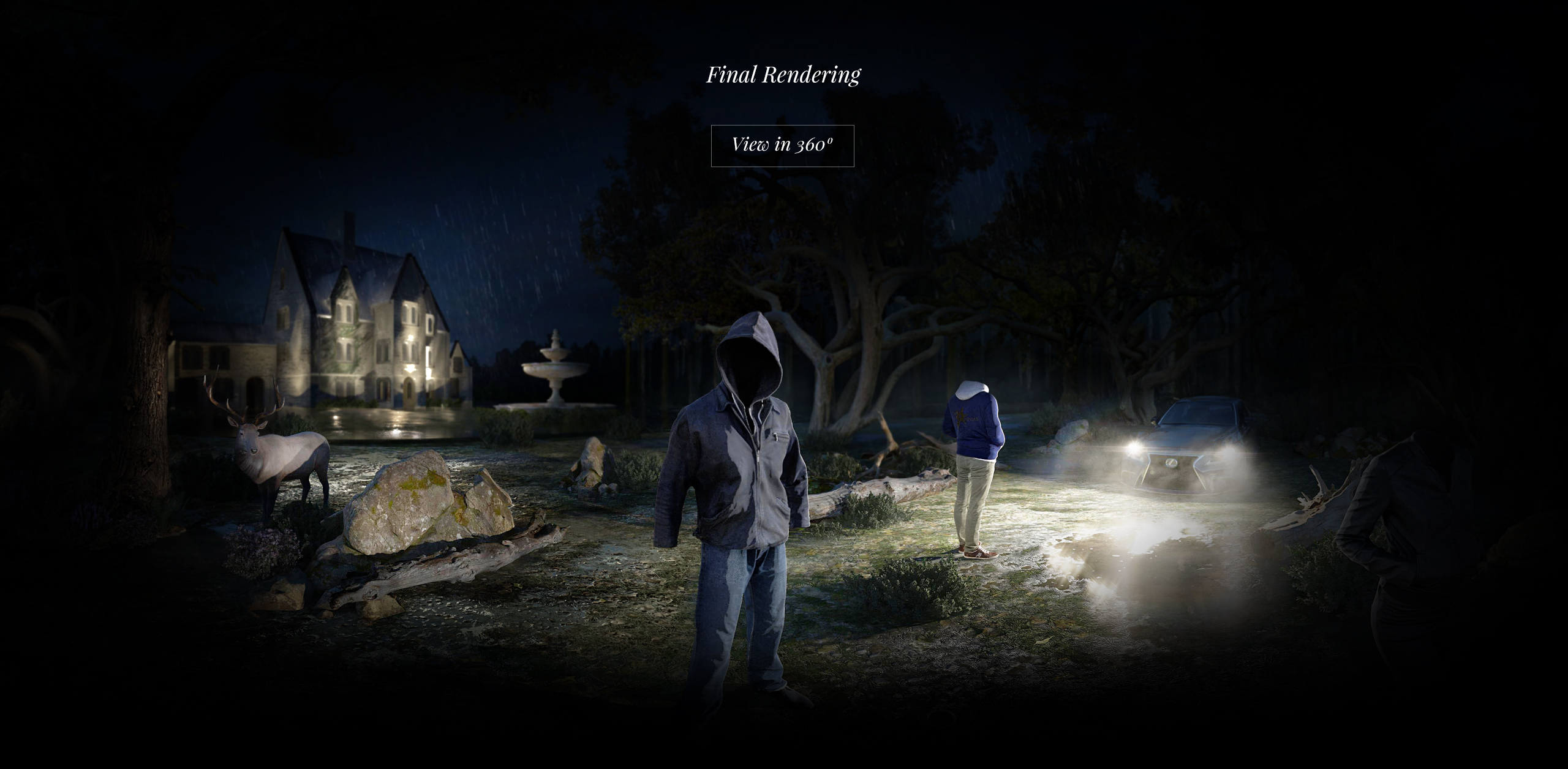

‘Invisible’ is an original VR series directed by Doug Liman (The Bourne Identity, Edge of Tomorrow). My role on this project was to create a CG VR environment to promote the series, and contain the UI for selecting the 360 video episodes. As 3d lead, I worked on most of the modeling and texturing, as well as all lighting, rendering and compositing.
For this project, we created a significant portion of the assets using photogrammetry, by scanning mannequins and props which were then retopologized and optimized for viewing in VR. The entire environment was conceived and fully executed during an intense time crunch of just 10 days. Primary software used was 3d Studio Max, Zbrush, Substance Designer + Painter, Quixel Studio, Unreal Engine and the scene was rendered using V-Ray.
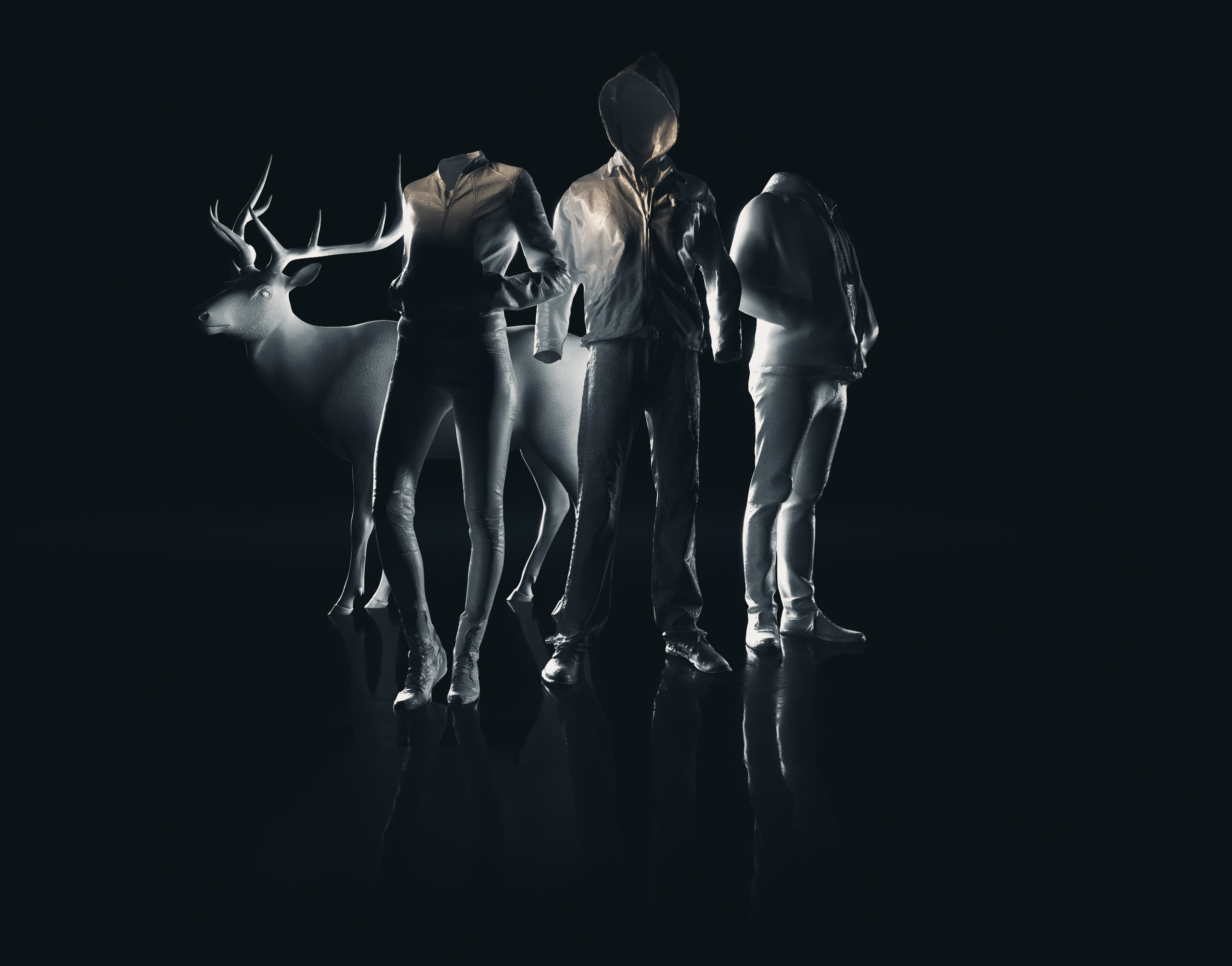

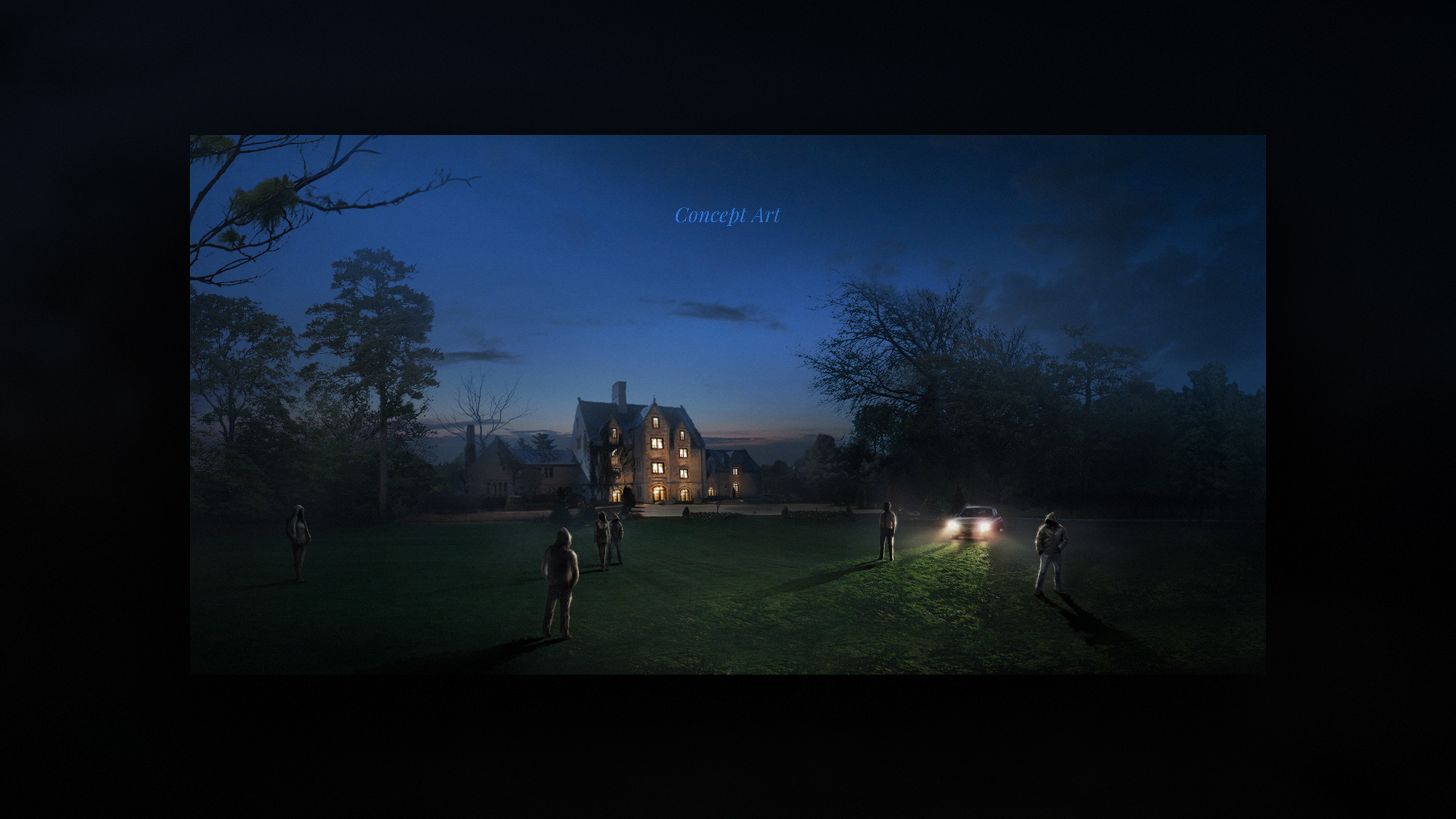

The central theme of the storyline revolves around a family who have the ability to turn invisible at will. The family estate was an iconic location in the series, and so working with concept artist Javier Lazo, I pitched the idea of a dramatic, moody scene on the main lawn just outside the estate where the viewer is surrounded by an ominous cast of ‘invisible’ figures. To amplify the drama of the scene, we wanted to set it at night and have the primary light source emanating from a mysterious car, with intense headlights that would create an eerie rim light around the main characters.
An essential component of this environment concept was believable CG ‘invisible’ figures that would be placed very close to the viewer to heighten the stereoscopic depth effect in 360. To achieve high quality characters in such a short amount of time, it wasn’t feasible to sculpt all of them from scratch. Instead, we used photogrammetry to scan some dressed up mannequins, and use those high-quality scans as the base mesh on top of which I did all the cleanup work to prepare them for the VR scene.
After finalizing the optimized models in Zbrush, I then brought them into Substance Painter in order to give each element of clothing the correct PBR material properties (leather, denim, etc) that would accurately scatter light in the v-ray renderings and avoid the typical “flat” diffuse-only appearance common among photogrammetry models.
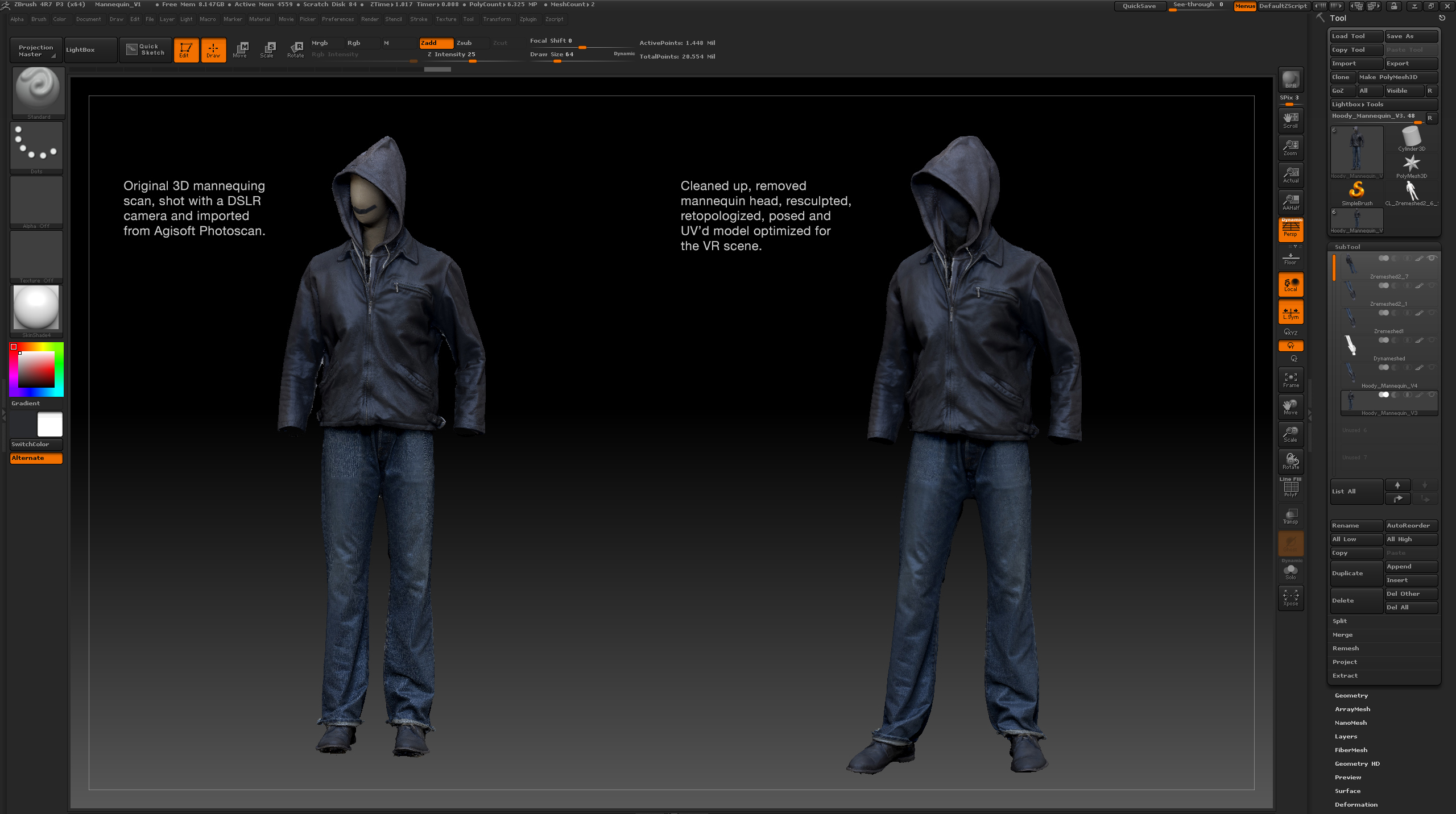

The environment was created using a combination of more photogrammetry of trees + rocks, supplemented with previously made/acquired foliage models, manual modeling + texturing of the mansion and courtyard, along with Quixel suite for the wet forest ground materials.
Even though the final scene only needed to be a 360 stereo rendering and not a room-scale, 6DOF VR experience, I worked on the layout and lighting of the scene in Unreal Engine 4. This helps enormously in the pre-viz stage, in figuring out the ideal lighting, character placement, prop placement and integration of the video UI.
